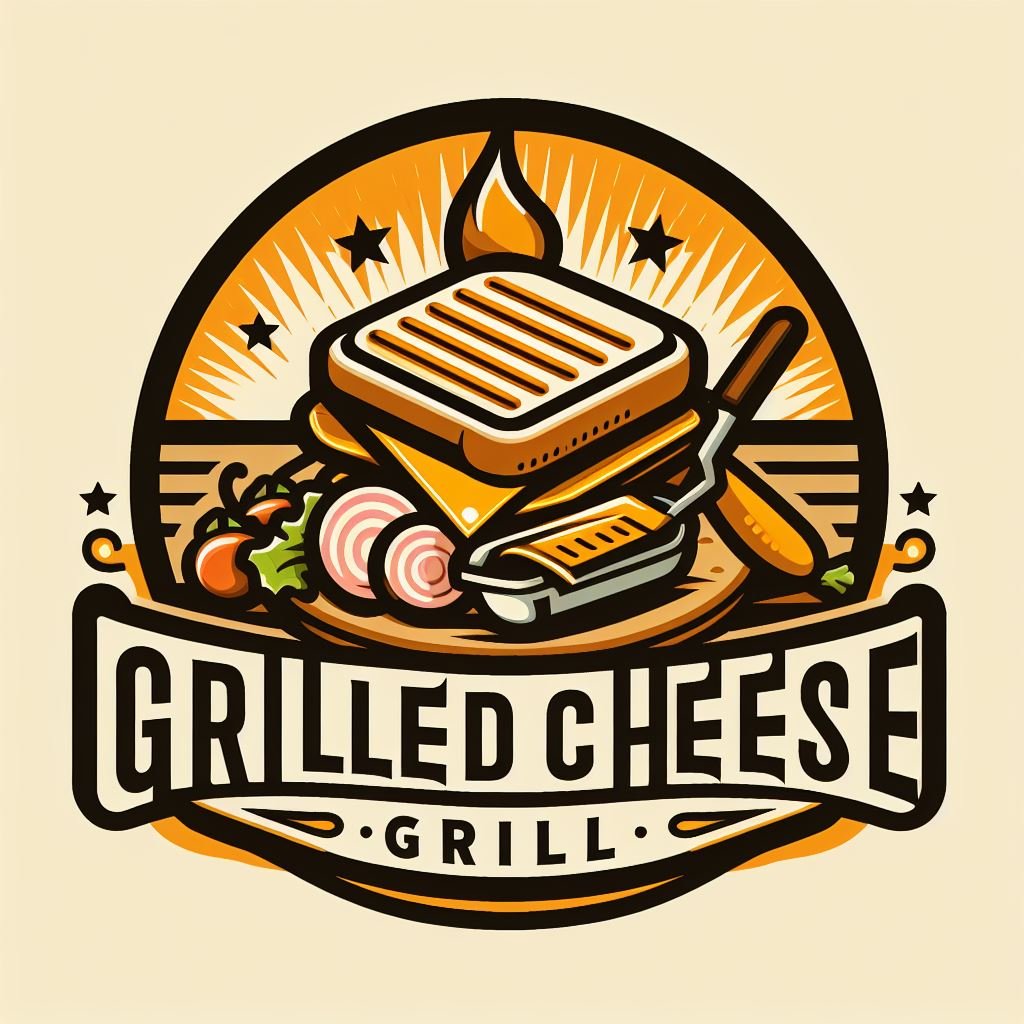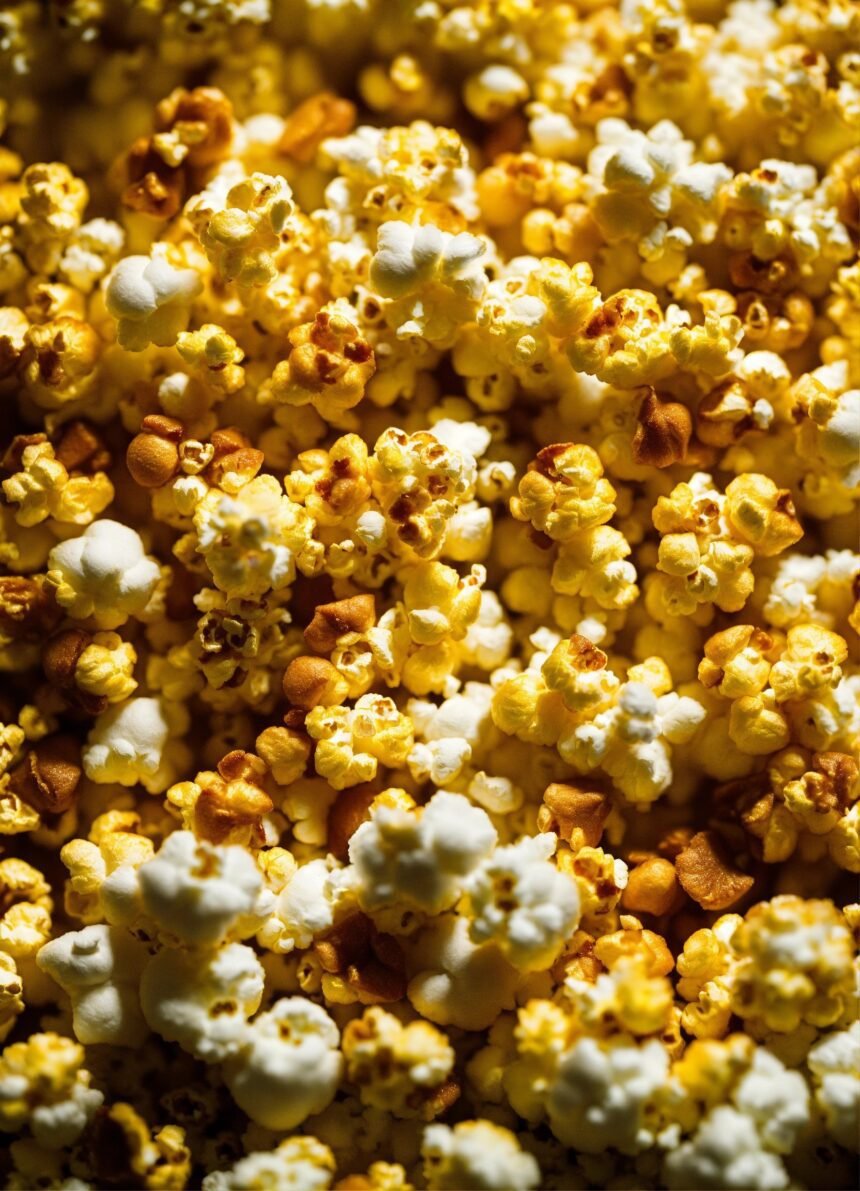Popcorn kernels are a popular snack enjoyed by people of all ages. They are small, hard, and come in a variety of colors, ranging from white to yellow to red. Popcorn kernels are the seeds of the maize plant, scientifically known as Zea mays everta. The popcorn plant is a type of maize that is specifically grown for its popping ability.

When popcorn kernels are heated, the moisture inside them turns into steam, which causes the kernel to expand and eventually burst open. This process is what creates the fluffy, delicious snack that we all know and love. Popcorn kernels can be popped in a variety of ways, including on the stove, in the microwave, or using a specialized popcorn machine.
Popcorn kernels have been enjoyed for thousands of years, with evidence of popcorn consumption dating back to ancient civilizations such as the Aztecs and the Incas. Today, popcorn is a popular snack all over the world and can be found in movie theaters, sporting events, and homes everywhere. Whether you prefer your popcorn sweet or savory, there’s no denying the appeal of this classic snack.
Types and Varieties of Popcorn Kernels

Popcorn kernels come in a variety of colors and sizes. Each type of kernel has its unique flavor, texture, and characteristics. In this section, we will explore the most common types and varieties of popcorn kernels.
Yellow Popcorn
Yellow popcorn is the most common type of popcorn kernel. It is the classic popcorn that most people are familiar with. Yellow popcorn kernels are slightly larger than white popcorn kernels and have a slightly nutty flavor. They are perfect for making traditional movie theater-style popcorn.
White Popcorn
White popcorn is a smaller kernel than yellow popcorn and has a more delicate flavor. It has a slightly sweet taste and a tender texture. White popcorn is often used in gourmet popcorn blends and is a popular choice for those who prefer a milder flavor.
Red Popcorn
Red popcorn kernels are a beautiful deep red color and have a slightly sweeter flavor than yellow popcorn. They are often used in holiday popcorn blends and are a great way to add color to popcorn snacks.
Blue Popcorn
Blue popcorn kernels are a unique and vibrant color. They have a slightly nutty flavor and a crunchy texture. Blue popcorn is perfect for making colorful popcorn snacks and is often used in gourmet popcorn blends.
Hulless Popcorn
Hulless popcorn kernels are a type of popcorn that does not have a hard outer hull. This means that they are easier to digest and have fewer hulls to get stuck in your teeth. Hulless popcorn kernels come in a variety of colors, including yellow, white, and blue.
In addition to these common varieties, there are also specialty popcorn kernels available, such as mushroom popcorn, butterfly popcorn, and Amish Country popcorn. Organic popcorn kernels and non-GMO popcorn kernels are also becoming more popular, as people become more health-conscious and aware of the impact of their food choices.
Overall, there is a popcorn kernel for every taste preference and occasion. Whether you prefer classic yellow popcorn or are looking to try something new, there is a variety of popcorn kernels to suit your needs.
Preparing and Flavoring Popcorn

Popcorn is a tasty and healthy snack that can be enjoyed in many ways. Preparing and flavoring popcorn is easy and can be done in a variety of ways, depending on your preferences and equipment. In this section, we will explore some popular methods for popping popcorn, as well as ways to season and top your popcorn to make it even more delicious.
Popping Methods
There are several methods for popping popcorn, including microwave, stovetop, and popcorn poppers. Microwave popcorn is convenient and easy to make, but may contain unhealthy additives such as artificial flavors and preservatives. Stovetop popcorn can be made with oil or butter and allows for more control over the popping process. Popcorn poppers are specialized machines that use hot air to pop the kernels, resulting in fluffy and light popcorn.
Seasoning and Toppings
Once your popcorn is popped, it’s time to add some flavor! Butter, salt, and oil are classic toppings that can enhance the flavor of your popcorn. For a healthier option, try using coconut oil or air-popped popcorn with unflavored toppings. Heavy toppings like caramel, chocolate, and nuts can be added for a sweet treat, while mild flavors like grated parmesan cheese and smoked paprika can add a savory twist. Nutritional yeast is a popular vegan option that adds a cheesy flavor without the dairy.
Read More – Check Out Our Best Popcorn Kernels in 2024
Health and Nutrition
Popcorn is a healthy snack that is low in calories and high in fiber. However, it’s important to be mindful of the toppings and seasonings you add, as they can quickly add calories and unhealthy ingredients. Homemade popcorn is a great way to control the ingredients and ensure a healthy snack. Popcorn made with popcorn poppers or air poppers is a great way to limit the amount of oil or butter used. Sweet corn is a delicious and healthy option that can be used to make popcorn with a natural sweetness.
Overall, preparing and flavoring popcorn is a fun and easy way to enjoy a healthy snack. Whether you prefer stovetop popcorn with classic toppings or gourmet popcorn with unique flavors, there are endless possibilities for creating delicious popcorn recipes.



